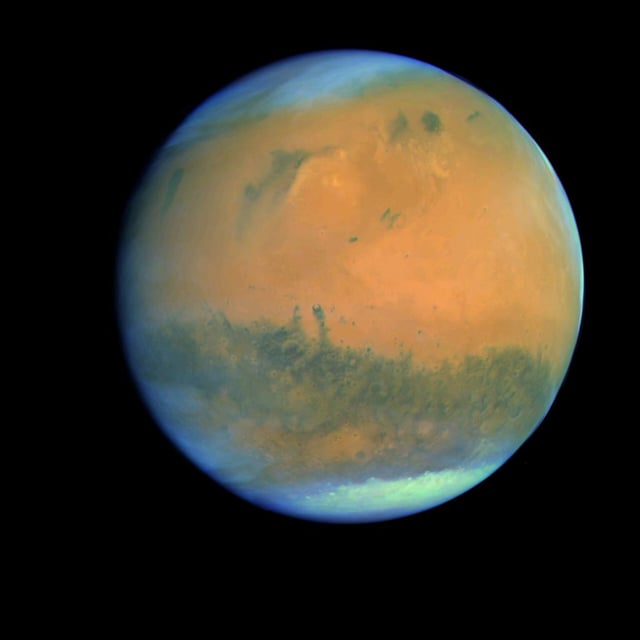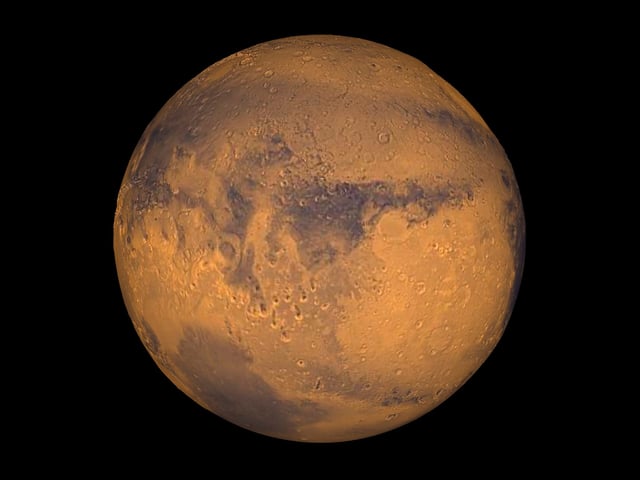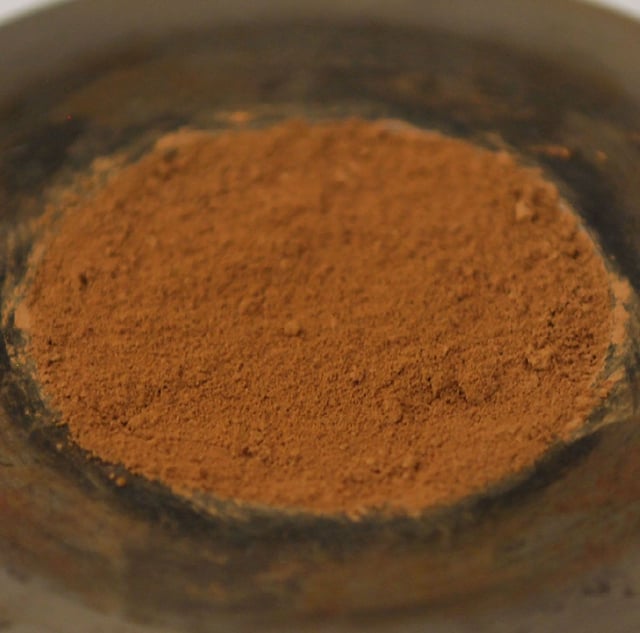Overview
- A study published in Nature Communications reveals that ferrihydrite, a water-rich iron oxide, is responsible for Mars' red dust, challenging the previous belief that dry hematite caused the color.
- Ferrihydrite forms in the presence of cool water, suggesting Mars had liquid water on its surface earlier than previously thought, potentially over 3 billion years ago.
- The findings are based on data from multiple Mars missions, including ESA's Mars Express and NASA's Perseverance rover, combined with laboratory simulations of Martian dust.
- Researchers recreated Mars-like dust to confirm ferrihydrite as the best match for the planet's red hue, using advanced grinding and spectral analysis techniques.
- The discovery provides new insights into Mars’ wetter past and raises further questions about its habitability, with upcoming sample return missions expected to offer more definitive answers.



